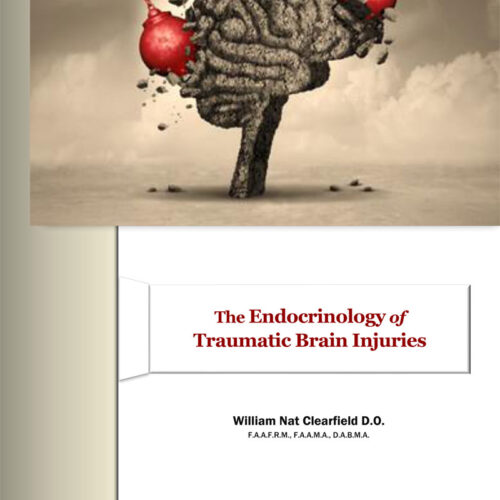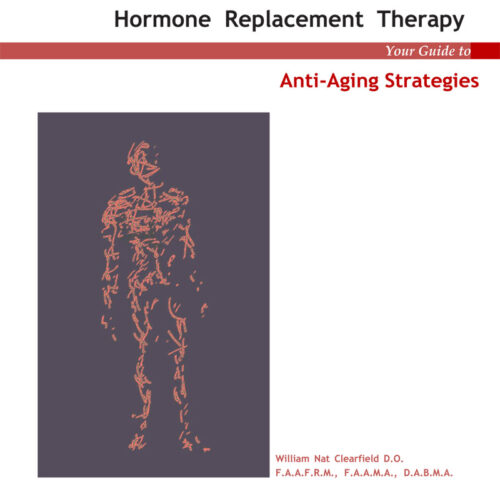
The use of insulin has been proven to play a major role in brain aging.
Until the day she crashed her car through the back wall of her garage, my Aunt Libby was the larger-than-life, gregarious, fun character every family craves.
At 6 feet, 2 inches tall, and married to Uncle Herb who was 6-foot-6, “Aunt Lib” did everything big. Her dresses were big, her shoes were big, and in the 1960s, of course, her bouffant hairdo was big.
Aunt Lib was a gourmand. She loved to eat. As I grew taller in my teen years, Aunt Lib grew out. Around the time I entered college, September 1971 to be exact, Aunt Lib told us she had “sugar diabetes.”
In the months leading to this pronouncement, we’d noticed she drank 3 or 4 glasses of ice tea loaded with her usual 5 packs of sugar in each glass. Then she’d disappear to the bathroom over and over again. Then she started losing weight.
Our doctor, old Doc Nimitz, told her as long as her sugar was under 200 she was fine. Aunt Lib told us he wanted her to take insulin, but it was made from pigs, so that was out. She took a pill once but passed out 10 minutes later. We called emergency, who gave her a shot of sugar water that woke her up.
I went away to college, and on breaks, noticed Aunt Lib doing stranger and stranger things. She put her ice tea in the freezer in plastic cups and would smash one open when she wanted to “drink” it.
She always loved champagne and had a wine cooler filled with various types. A visit to Aunt Lib’s always included at least an offer of her latest find. Now the cooler was empty. When I asked her where the champagne was, she started screaming, accusing me of stealing it. Mom said the same thing happened to her.
“Something’s wrong with her,” I said.
I didn’t see her every few days like the rest of the family, and I could see she was heading south. No one in the family, especially Uncle Herb, agreed or wanted to acknowledge it until “The Accident.”
No one was hurt. The car was wrecked, the back of the garage wall was in the kitchen, but the family now knew what they didn’t want to know. Aunt Lib had dementia.
Later, I asked old Doc Nimitz if he thought Aunt Libby’s blood sugar, which was out of control for five years before “The Accident,” had anything to do with her condition.
The conventional wisdom of the time, and even in some circles today, was summed up by old Doc Nimitz: “You’re crazy. Sugar diabetes has nothing to do with the brain and what you eat has nothing to do with the brain or sugar diabetes for that matter.”
Old Doc Nimitz was wrong.
First, let’s look at some definitions
“Dementia” describes a group of symptoms affecting memory, thinking and social abilities severely enough to interfere with daily functioning, according to a 2017 article in “The Alzheimer’s Reading Room.”
Six symptoms of dementia include:
- Subtle short-term memory changes.
- Difficulty finding the right words.
- Changes in mood.
- Apathy.
- Difficulty completing normal tasks. Difficulty following storylines.
- Confusion. A failing sense of direction.
“Alzheimer’s,” meanwhile, is a type of dementia leading to memory, thinking and behavior issues, according to the Alzheimer’s Association. It is progressive and fatal.
Alzheimer’s sufferers exhibit these six symptoms:
- Memory loss that disrupts day-to-day living. Misplacing common items.
- Planning and problem-solving difficulties. Concentration issues.
- An inability to complete familiar tasks. Withdrawal from activities.
- Confusion as to time and place. New-onset poor judgment.
- Difficulty with visual images, reading comprehension or judging distances.
- New difficulties following or joining conversations.
What is the connection between Alzheimer’s and diabetes?
Although it took “medical science” years to catch up, our family saw immediately the connection between Aunt Libby’s uncontrolled diabetes over time and her deteriorating mental condition. Nowadays, the evidence is overwhelming.
Recall from a previous article, “Patient Mysteries; Can Diabetes Be Reversed,” in the February 2017 edition of Healthy Beginnings, we made the case that just as the presence of the police is not the cause, but an effect, of burglaries, that high blood sugar is not the cause, but the effect, of insulin resistance.
Like an alcoholic needing more and more booze to get the same “high,” if we bombard our body with more and sugar, in the form of simple carbohydrates, we develop immunity of sorts to insulin’s effect. The end result is persistent hyperglycemia or diabetes.
Furthermore, look at these six examples:
- Diabetes is associated with an increased risk of developing Alzheimer’s disease of 50 percent to 100 percent (according to a 2006 article in “The Lancet Neurology” and a 2007 article in the journal “Neurology”).
- Insulin plays a major role in brain aging and cognitive decline associated with pathological brain aging (October 2011 article in the “Diabetic Medicine” journal).
- Brain insulin resistance and insulin deficiency are mediators of cognitive impairment and neurodegeneration, especially related to Alzheimer’s disease (2010 article in the journal, “Healthy Brain Aging: Evidence-Based Methods to Preserve Brain Function and Prevent Dementia”).
- Elevated levels of peripheral insulin are associated with reduced brain atrophy and cognitive decline in people with early Alzheimer’s disease (2012 article in “Panminerva Medica” journal).
- Brain cells shrink and become tangled from high blood sugar levels over time (2008 article in the “Journal of Diabetes Science and Technology”).
- Referring to Alzheimer’s disease as Diabetes Type 3 is justified because of the fundamental abnormalities of Diabetes Mellitus Type 1 and Type 2 overlap rather than mimic the effects of either one (concluded in the same Journal of Diabetes Science and Technology article).
6 strategies to control or reduce memory loss
- Normalize your blood sugar with our Mini-Fast with Bone Broth Diet (as featured in the April 2017 edition of Healthy Beginnings) or a whole-foods, low-glycemic diet.
- Eat Healthy Fats: Coconut oil reportedly takes action on the brain after just one 40 ml dose. Other friendly fats include omega 3 fats in wild fatty fish, extra-virgin olive oil, avocados, whole eggs, and nuts and seeds.
- Exercise daily.
- Judicious use of “herbal nutraceutical supplements.” We will cover these in-depth in a future
article, but for now, our “Big 6” are:
- Ceylon cinnamon; 500-1000 mg/d
- Chromium picolinate; 200-800 mcg/d
- Berberine; 400 mg/d
- Alpha-lipoic acid; 200-400 mcg/d
- Vanadium; 50-200 mg/d
- Gymnema Sylvestre; 10-50 mg
- Hormone Balance. Like a neglected automobile engine, if your hormones aren’t balanced, you are “operating” at a deficit.
- Adequate sleep; detox from mercury or other heavy metals, if necessary; and control stress.
In conclusion
We recognize that Alzheimer’s disease — i.e. Diabetes Type 3 — is not solely the result of insulin resistance and/or deficiency. Other factors including inflammation, stress, genetics and energy dysregulation contribute as well to the degradation a once healthy brain.
Nonetheless, recognizing Alzheimer’s as a form of diabetes mellitus is justified, because its fundamental abnormalities overlap with Type 1 and Type 2 Diabetes.
With 33 years of medical experience, Reno physician William Clearfield, D.O., of the Clearfield Medical Group provides patients with treatment plans that boost their overall quality of life. Visit www.DrClearfield.net or call 775-359-1222 to learn more.
The more you know
How do I know if it’s Alzheimer’s disease or just age-related issues?
Alzheimer’s Age-Related Changes
Poor judgment and decision-making. Make a bad decision once in a while.
Misplace items, inability to retrace steps. Occasional misplacing of items with the ability to retrieve same.
Inability to manage a budget Missing an occasional payment.
Losing track of the date or season Forgetting, then remembering later the date.
Difficulty with most or all conversions Sometimes forgetting a word.
Source: Alzheimer’s Association.



